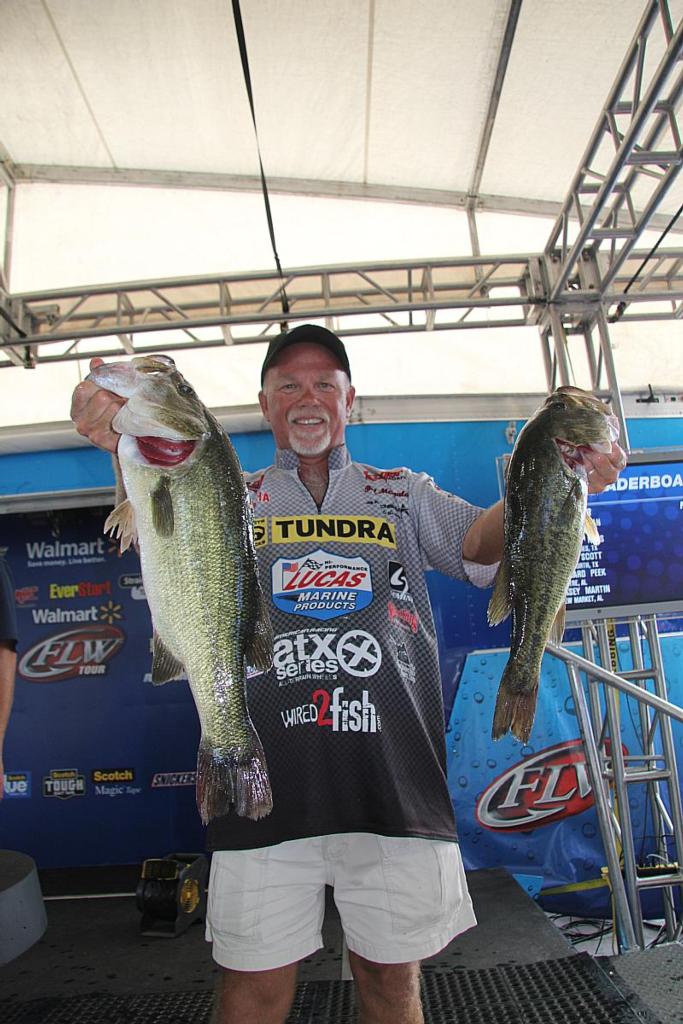Fish the Transition

Although you couldn’t tell it by the weather up north, bass are moving toward their spawning areas in a lot of Southern lakes. In south Florida, where the FLW tournament season is set to begin in about a week, they’re already spawning. Though there are certain rules that apply to fishing the spawn, I’ve developed an approach that has helped me catch fish when other things have failed.
First of all, I try to determine if fish are more in prespawn than spawn mode. In prespawn, that last little ditch or drop, or wherever fish hang out before they move up, is the place to start fishing. It might be a depression of a foot or two. Google Earth is probably the best tool to find such spots before you even get out on the water. You can access Google Earth’s archives and go back to see how things looked when there were drawdowns or major droughts in years past. I’m looking for that last stopping place before the spawn really kicks in, but I also might wind up there if a spring cold front pushes fish out, or if the water drops. I like to use Strike King’s line of spinnerbaits, Red Eye Shad lipless crankbaits or small wobbling crankbaits as search baits here.
If the season is a little farther along and the fish are actually bedding, I’ll try the standard soft plastics first. If that doesn’t work, I’ll go to a 1/8-ounce aspirin-head hair jig. It’s the best lure that hardly anybody uses for bedding bass, but it’s produced a lot of fish for me. Sometimes a big sow bass just doesn’t want a big soft plastic; she’ll flare her gills and blow it out. But if that small jig is positioned right, when she goes to blow it out she’ll suck it in. I use a black bucktail jig when the water clarity is good and a white one otherwise. I’ll add a piece of a Merthiolate-colored worm to the jig, too, so I can see it better at a distance.
Another key is to dead-stick the jig. I just pitch it in the bed and let it sit there for five or 10 seconds before barely moving it. More times than not when you pick up the jig, the fish already has it. When the bait first goes in there, it might spook the fish a bit, but it only takes a few seconds for her to recover and go to the bait. When you take up slack and there’s resistance or it feels like you’re caught on something, set the hook. If it’s not a fish, so what – hooksets are free.